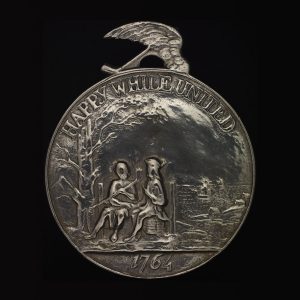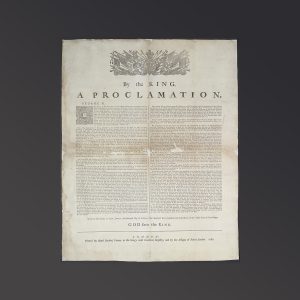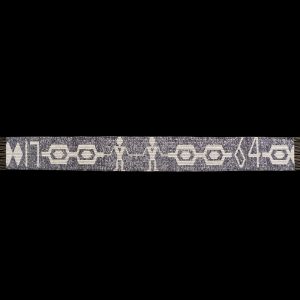An Enduring Relationship
The Seven Years’ War changed the balance of power in northeastern North America.
With France expelled from the continent, First Peoples established new relationships with the British Crown. Embodied in the Royal Proclamation of 1763 and the Treaty of Niagara of 1764, these relationships have endured to the present day.
The Covenant Chain, Royal Proclamation and Treaty of Niagara
First Peoples of the Great Lakes joined the British-Haudenosaunee Covenant Chain alliance in 1761. When the British treated the region as conquered territory, the Anishinabe and other nations expelled British garrisons and settlers from most of the territory in “Pontiac’s War.” As the war continued, the British government issued the Royal Proclamation, a first step towards Crown recognition of Aboriginal Title. After hostilities ended, First Peoples met with the British at Fort Niagara in 1764. There, they negotiated a renewed alliance, embodied in the Covenant Chain, the Royal Proclamation and the Treaty of Niagara.
Photos
An Enduring Relationship
Anishinabe knowledge keeper Alan Ojiig Corbiere explains how the 1764 Covenant Chain wampum belt and the Treaty of Niagara alliance medal represent the enduring relationship between Indigenous peoples and the Crown.
1764 Covenant Chain Wampum Belt
Treaty of Niagara Alliance Medal, 1764



